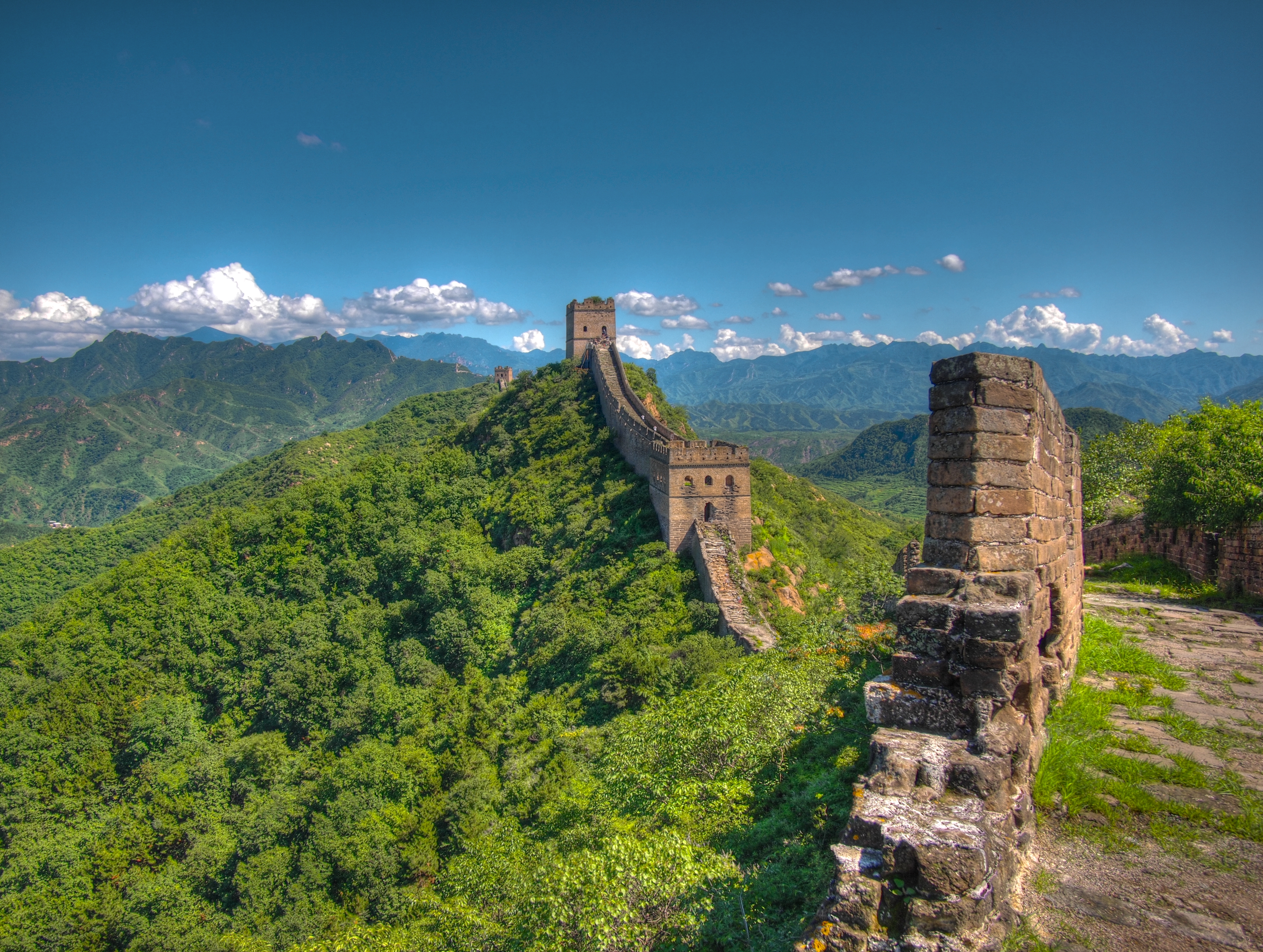Crowds are virtually inescapable in Asia. Looking at professional pictures of isolated jungle temples or beautiful monuments without a soul in sight can awaken the inner explorer, dreaming of wandering alone through the sites in the pictures. When one actually makes it to the site, it’s usually a disappointment to find that other “explorers” have thought the same thing–and that actually, there isn’t anything new or unusual about your plans or visit. I say usually, because from what I understand, some cultures see the presence of crowds as a desirable thing, since it means they’re “in the right place” to see what they want to see. But unless it’s a concert or social event, us Westerners envision the pictures in “Lonely Planet” when we imagine what our vacation should look like. Sadly, the crowds in Asia don’t exactly match up with that ideal. So, you have two choices: 1) Deal with the crowds or 2) Find ways to “thin the herd,” so to speak. Mike and I have dealt with our fair share of crowds, but we’ve found a few key things that actually limit them. Generally, there are three factors that really minimize the numbers at an otherwise desirable location: Distance, Physical Exertion, and Money. If there’s a “near” option and a “far” option, the “near” option will almost always have more crowds. Also, of course, the cheaper and easier the activity is, the more uncomfortably crowded it will be.
This was our philosophy for picking out where to explore the Great Wall of China. Everyone goes to Badaling. It’s the closest and most convenient option, and thus transportation is much cheaper to get there. Along with this, it’s also the most popular with Chinese tourist groups for its ease of climbing, so there are sections which can get super packed. Before going on our trip, I had seen a program where a guy was sent to China to explore the Great Wall, and Badaling looked like a complete tourist trap nightmare—performing bears in cages, densely crowded with souvenir touts, throngs of people packed shoulder to shoulder being led by megaphone wielding guides—-so I refused to go to Badaling.
Another popular site is the “Muitanu” section. Well, from that description alone, you can imagine that it wasn’t going to be an option for us (“popular” = crowded). So, I looked and dug further and found a group that takes small groups to Jinshanling, a section of the Wall 150 km from Beijing! On gochina.about.com it stated that the hike requires a great deal of exertion and that “those who are very out-of-shape or overweight might want to visit a less precarious section, such as Badaling.” Of course with that, Mike and I were convinced–Jinshanling it would be! So, that was where we went today. The long drive was completely worth it. The sky was very clear (a far cry from the Beijing “Silent Hill” fog/smog), and the wall was almost empty except for our small group. The hike started off in the Jinshanling section and continued up to the Simatai section where we got picked back up by the driver. It was about an 8 km hike, with plenty of elevation gain and loss through the whole hike. We spent about 4 hours hiking, mostly because of all the leisurely picture-taking stops. It was a nice hike though, and on an incredibly beautiful (especially for China) day. As we got closer to the Simatai section, the wall got rougher and rougher. There were spots where we were stepping on steep sections with loose rocks moving beneath our feet—and no hand rails! Perfect! Of course, there were still drink and souvenir touts at all the watchtowers, but what can you expect, it’s China. I wore my brand new “Chinese tourist” hat that I had seen Chinese tourists wearing in Guilin. Im pretty sure I looked ridiculous, but it was very comfortable and I didn’t get sunburned of my face. Mike took lots of cool pictures, here are a few:






After the hike, we made our way back to Beijing. My hat looked like a duck bill, so, in that spirit we decided we needed some Peking Duck to round out the day. A guy we met from the hike suggested a place he had gone to called “Da Dong Peking Duck.” It sounds like it’s basically the “Frank Pepe” of Peking Duck in Beijing, packed with people and a pretty long wait, and lots of awards and accolades all over the walls of the place. The duck was absolutely delicious. The skin was crispy and perfectly browned like candy. The meat was tender and actually had a nice light flavor to it. It wasn’t greasy at all, and the restaurant itself prides itself on serving duck with less fat to promote healthy diets. The meal was rounded out by a small sherbert and a plate of lychees. Everything for the two of us was about $40 U.S., not too bad for a place this well known. The restaurant was very nice, and we especially liked that the duck cooking section was on display when walking into the place. We are posting food pictures since we got a request from Yoyo for more food pictures. Well, for being a good sport about the “Yoyo” post, we’ll try to post more food pics. Here you go:






3 thoughts on “Hiking the “Wild Wall” in China”
Maybe my favorite photos so far. What an amazing place!
Ooh, so, I’m the kind of person that loves to know about the history and actual usefulness of structures throughout the world, for instance, Himeji Castle in Japan, the Great Wall, Medieval castles in Europe, etc. Looking at the wall in your pictures, you have to question the actual utility of the wall in terms of defense. I understood it was built as a defense against the Mongols. Looking at it, even with the wall being discontinuous as it is, had the walls been under attack directly, there’s no real defense to stop a force from going up and over. Either way, there’s no denying the fact that the wall looks amazing when you see it run up and down hills such as in your pictures. You don’t really notice how steep the wall can be until you see it for yourself, such as in the 6th picture from the top. It almost looks like it’s a completely vertical wall going up the mountain.
The duck looks simply delicious, btw. I bet it was the most unusual thing seeing non-greasy duck, right? Duck is always associated as being greasy, full of fat, and little to no flavor. Guess those people knew what they were doing =) There was a restaurant we went to where we ordered duck and they served it just like that: Slices of deep fried skin served on its own and the meat separate. It wasn’t when we went to Epcot was it? anyway, point is, it was extremely delicious, so I can’t imagine how much tastier it could’ve been =D
On the China side, it was pretty level with the ground, but on the Mongolian side, it was really pretty high and with plenty of openings to use weapons through. Also, it’s some pretty mountainous terrain so they wouldn’t be able to sneak up on them too easy.